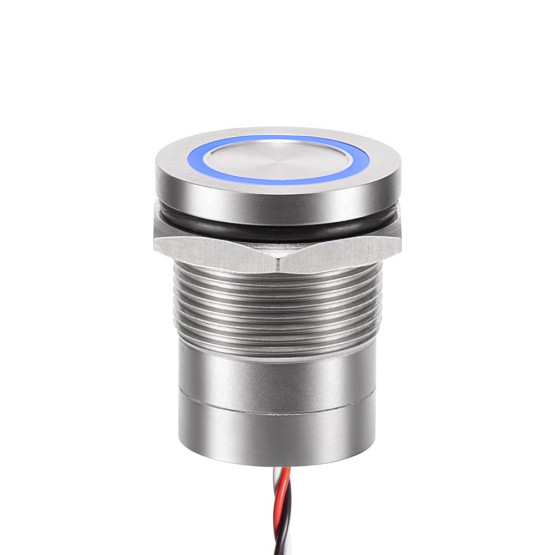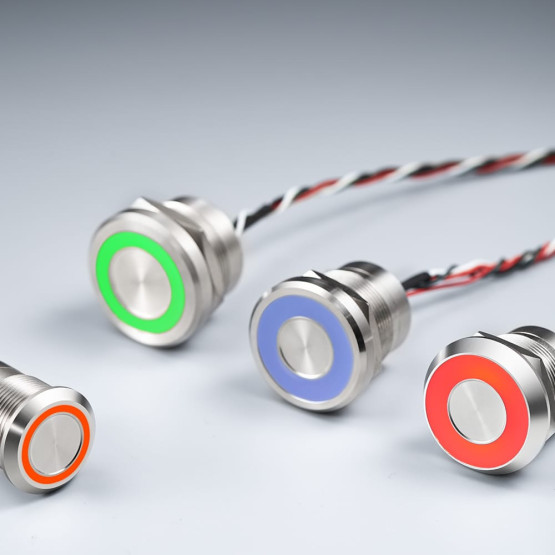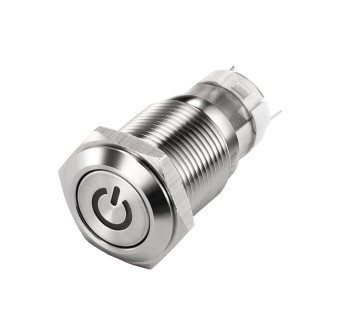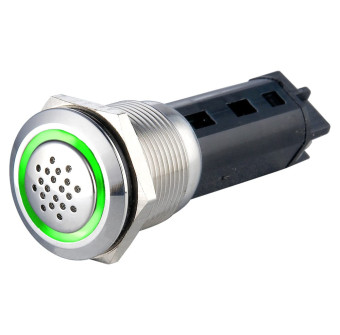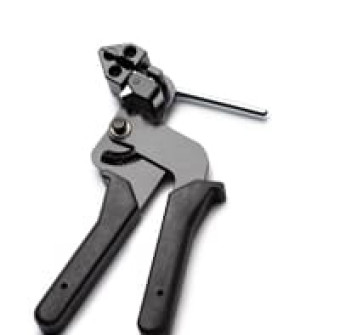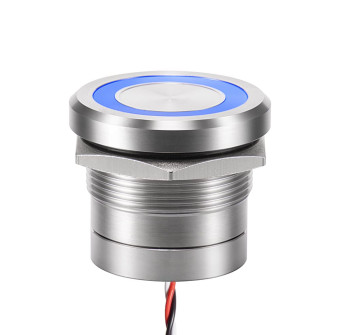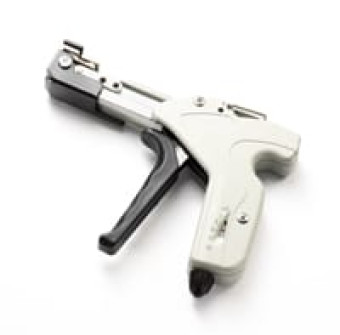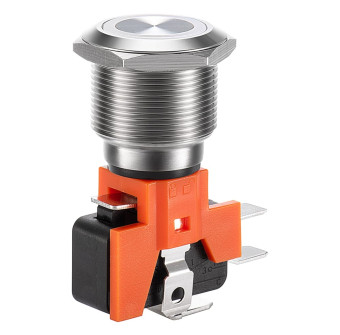Available with diameter 16, 19, 22 or 25 mm bushing, CP series capacitive touch buttons are extremely easy to use and ideal for repetitive applications (no operating force). Their IK10 robustness and unlimited life are perfect for self-service applications.




19mm Capacitive Switch
Discover LANGIR's high-performance 19mm capacitive touch buttons. With cutting-edge sensing technology, these switches provide precise and responsive control for seamless device interaction.
Suitable for diverse industries like industrial automation, medical equipment, and control panels, our durable switches offer versatile solutions. Experience the convenience of LANGIR's capacitive touch buttons today!
Learn More: What is a Capacitive Switch and How Does it Work?
19mm Capacitive Touch Button
- Activated by the easy touch of a finger, the capacitive touch buttons extremely to use
- Adjustable sensitivity sensor adapts to external environments
- Easy-to-locate or on/off indication is possible through independent or output image LED functionality
- Easy to clean because the switch is impervious to dust and dirt, and resistant to harsh chemicals and contaminants
- 50 million cycles and no moving mechanical parts make LANGIR’s CP Switches robust and durable
- Available in momentary or latching and with or without illumination
Main Features
Autocalibration
Momentary or latching
Independent or output image LED functionality
Adjustable sensitivity
50 million cycles
No moving mechanical parts to wear out
Bushing diameter 16, 19 or 22 mm
Impervious to dust and dirt
Resistant to harsh chemicals and contaminants
Sealed to IP68 and IP69K
Impact resistance : IK10
Key Feature
Operating force : 0N
LED state for output image option :1 LED : the LED is ON when the output is closed.2 LEDs : first colour is ON when the output is open. Second colour is ON when the output is closed.
Output type : NPN / PNP
Life expectancy : 50 million cycles
Adjustable sensitivity : Connection to ground by means of the yellow wire increases sensitivity (momentary version only)
Benefits
Extreme ease of use/ Adaptable/ Easy-locate or on/off indication/ Easy to clean/ Robust and durable
Order code
 |
 |
 |
 |
 |
 |
 |
 |
 |
 |
 |
 |
 |
 |
 |
 |
 |
 |
 |
 |
 |
 |
 |
 |
 |
Specifications
| Environmental Specifications |
|
| Sealing | IP68 and IP69K according to IEC 60529 Triggered by flowing water |
| Impact resistance | IK10 |
| Operating temperature | -20°C to +65°C |
| ESD | complies with EN61000-4-2 (extended) ± 8KV (20 contacts) and ± 15KV (20 air discharges) |
| Electrical and General Specifications | |
| Max. current/voltage rating | 200mA 24VDC |
| Supply voltage | 5 to 24VDC |
| Life expectancy | 50 million cycles |
| Power consumption non-illuminated | 7mA |
| Power consumption illuminated | 25mA |
| Operating force | 0N |
| LED state for output image option | 1 LED : the LED is ON when the output is closed. 2 LEDs : first color is ON when the output is open. Second color is ON when the output is closed. |
| Output type | NPN / PNP |
| Materials | |
| Case | stainless steel, anodized and plastic |
| Terminal | • Multi-wire leads section 0,22 mm2 length 300 mm • Cable, length 300 mm, section depending on switch model • Connector : HE14 6V compatible with AMP/TYCO281839-3 |
Wiring Diagrams
 |
 |
 |
 |
 |
 |
 |
 |
 |
 |
 |
 |
 |
 |
 |
 |
 |
 |
 |
 |
 |
 |
 |
 |
 |
Legend
R red +V
Black black GND
W white output
A = same colour as LED
Wire colours may vary.
Always refer to the label on the switch.
FAQs
Q1: What are capacitive touch buttons and how do they work?
A: Capacitive touch buttons are touch-sensitive buttons that use capacitance to detect touch. They work by measuring changes in electrical charge when a conductive object, such as a finger, comes in contact with the button’s surface. This change in capacitance is then interpreted as a button press.
Q2: Are capacitive touch buttons sensitive to accidental touches?
A: Capacitive touch buttons are designed to be highly sensitive to touch inputs. However, modern capacitive touch technology incorporates advanced algorithms and filters to differentiate between intentional touches and accidental ones. This helps reduce the chances of unintentional activations, providing a more reliable user experience.
Q3: Can capacitive touch buttons work with gloves?
A: Capacitive touch buttons primarily rely on the conductivity of the human body or conductive objects to detect touch inputs. In most cases, regular gloves hinder the touch sensitivity. However, some devices and applications offer a “glove mode” or utilize specialized touch materials that enable capacitive touch functionality even with gloves on.
Q4: Are capacitive touch buttons affected by environmental factors?
A: Capacitive touch buttons can be influenced by certain environmental factors such as temperature, humidity, and electromagnetic interference. However, manufacturers implement robust shielding and calibration techniques to minimize these effects and ensure consistent performance across different conditions.
Q5: Can capacitive touch buttons be customized for different shapes and sizes?
A: Yes, one of the significant advantages of capacitive touch technology is its versatility in terms of design. Manufacturers can customize touch buttons to various shapes, sizes, and even integrate them seamlessly into curved or irregular surfaces. This flexibility enables designers to create innovative and aesthetically pleasing user interfaces.
Q6: Are capacitive touch buttons more expensive than traditional mechanical buttons?
A: Capacitive touch buttons may have a higher upfront cost compared to mechanical buttons due to the additional components and technology involved. However, considering their durability, longevity, and enhanced user experience, capacitive touch buttons often provide a more cost-effective solution in the long run.
Send your inquiry now
Main products
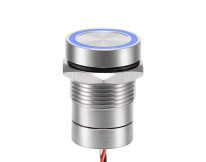
16mm Capacitive Switch
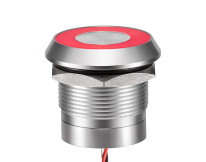
22mm Capacitive Switch
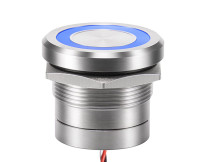
25mm Capacitive Switch
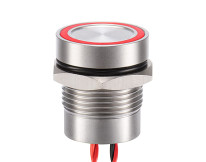
16mm Piezo switch
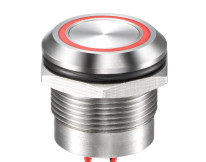
19mm Piezo switch
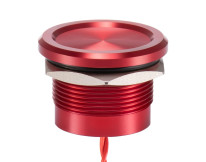
22mm Piezo switch
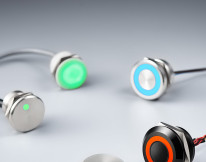
Independently Controlled Piezo Switches
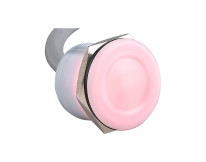

 English
English 简体中文
简体中文